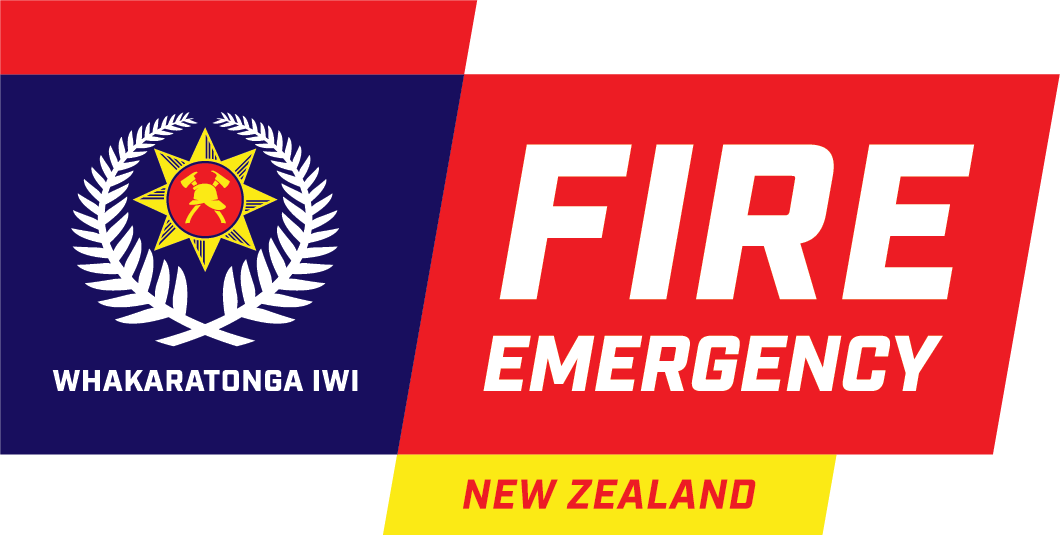2021/22 Annual Report celebrates achievements and progress
Today, our Chair Rebecca Keoghan, has shared our 2021/22 Annual Report. It celebrates Fire and Emergency’s achievements across our substantial work programme and highlights the progress we’ve made towards the objectives set out in our National Strategy, 10-Year Plan and Statement of Intent.
Over the year, we responded to more than 85,000 incidents and continued to make progress towards becoming a unified organisation as we stood up a new Service Delivery management structure, with 17 new Districts across five Regions.
We launched Hiwa-i-te-rangi, our Māori Outcomes Programme to help us improve our services by building a better understanding of Māori culture, and introduced Te Aho Tapu, our cultural capability framework to help us become more confident and proficient in the fundamentals of te ao Māori.
This year we completed a two-year research study, ‘Understanding the Volunteer Journey’, which included a focus on the early years of a volunteer’s experience. The findings and recommendations will be incorporated into future initiatives to improve outcomes for our volunteers. We also carried out a review of volunteer reward and recognition reports, and research to inform our new fit-for-purpose Reward and Recognition Implementation Plan. Additionally, our online volunteer training development resources to help improve brigade leadership and resilience, were refreshed.
Other important achievements include releasing our Climate Response Strategy 2022-2030 and completing new builds and upgrades of 19 stations across the motu, a huge success given the COVID-19 pandemic and building industry supply challenges.
Some of the many achievements are celebrated in this short clip:
We closed the year in a sound financial position despite the ongoing impacts of COVID-19 and a five percent increase in costs compared to budget. The increase in costs was largely absorbed by the higher levy revenue received from insurance due to the increased construction activity throughout the motu.
A strong cash balance gives us flexibility to respond to significant unplanned incidents such as wildfires and the continued threat of COVID-19. It also allows us to continue delivering planned replacement and upgrade projects: for example, in property, vehicles and technology.
Read the full Annual Report (external link)
